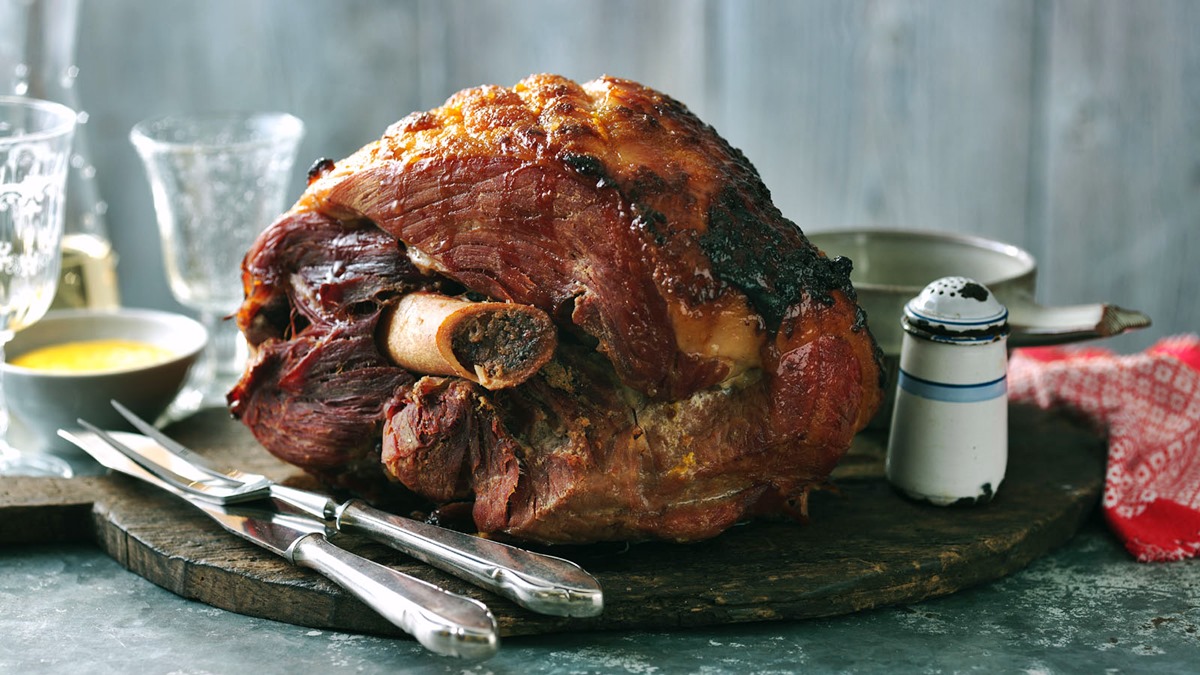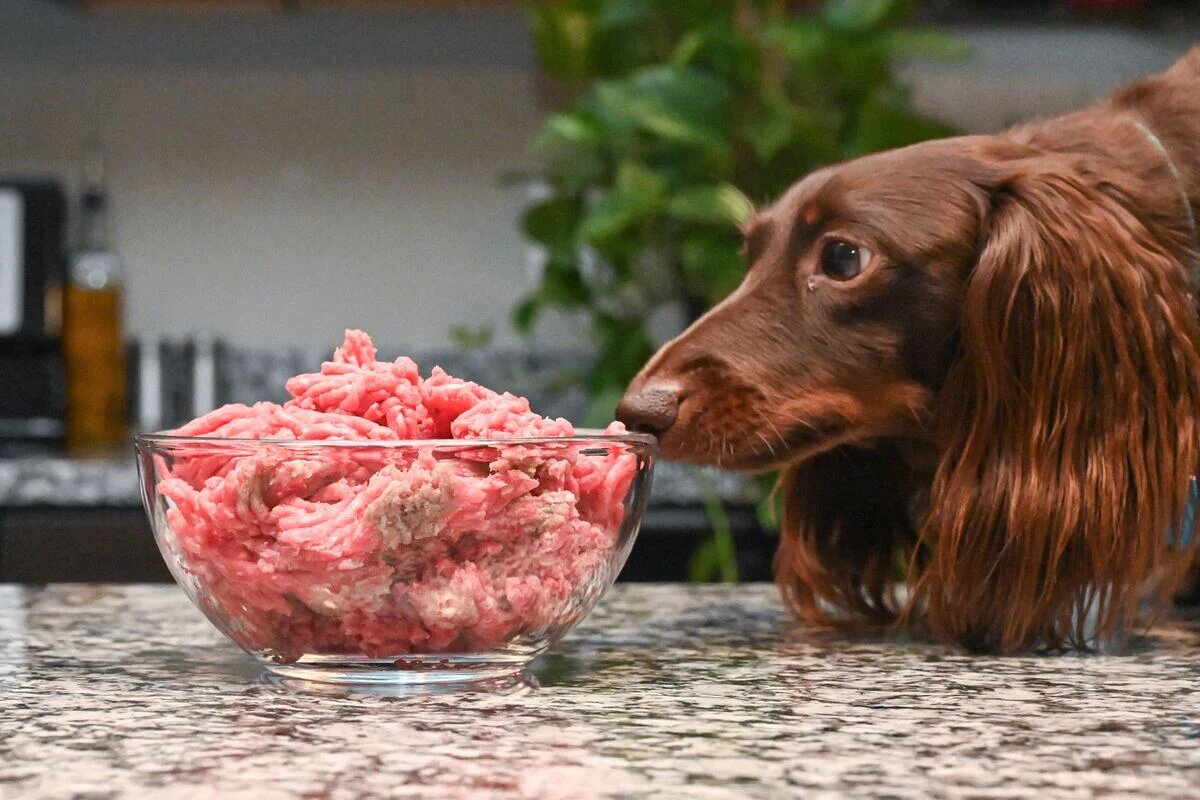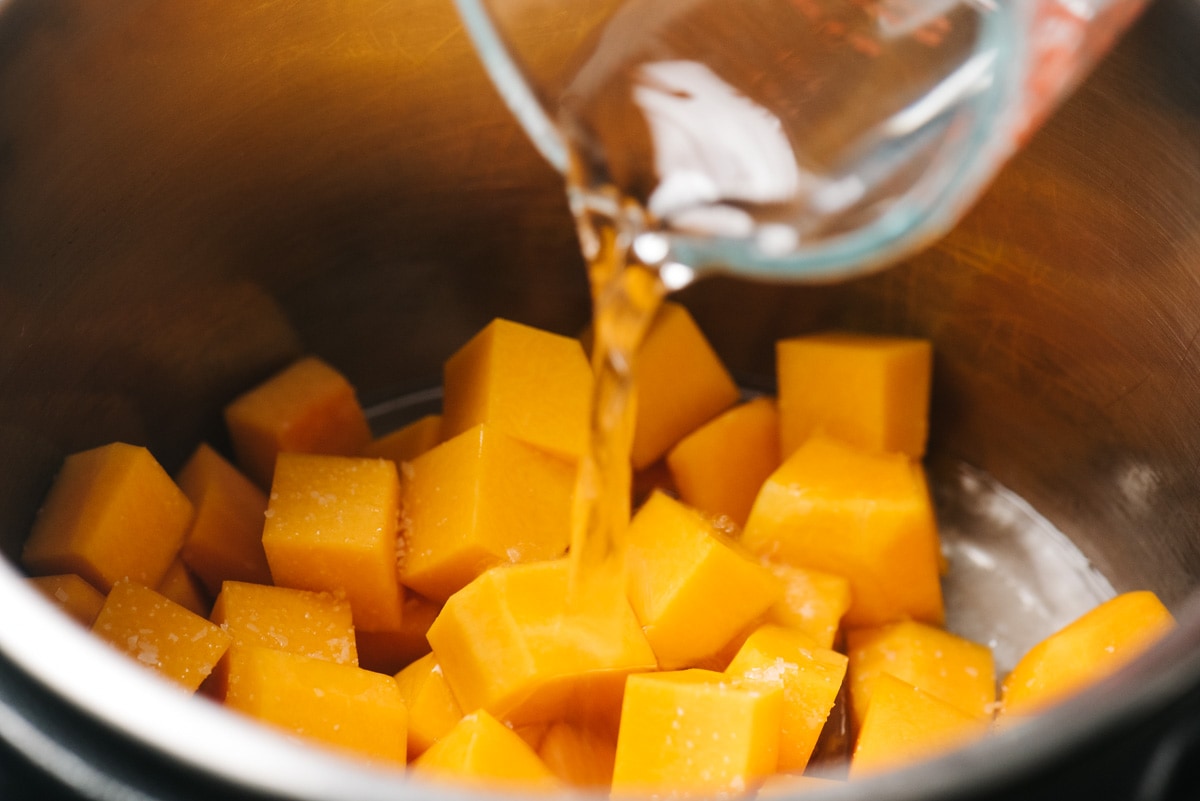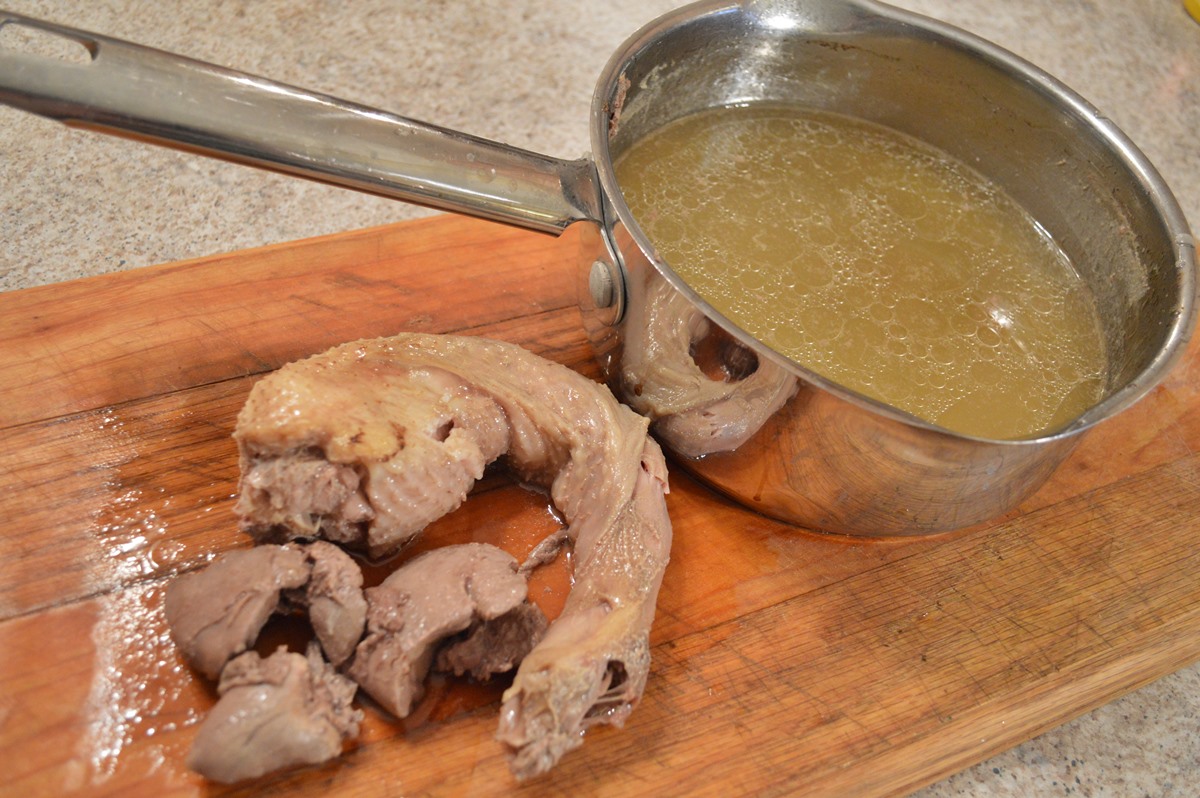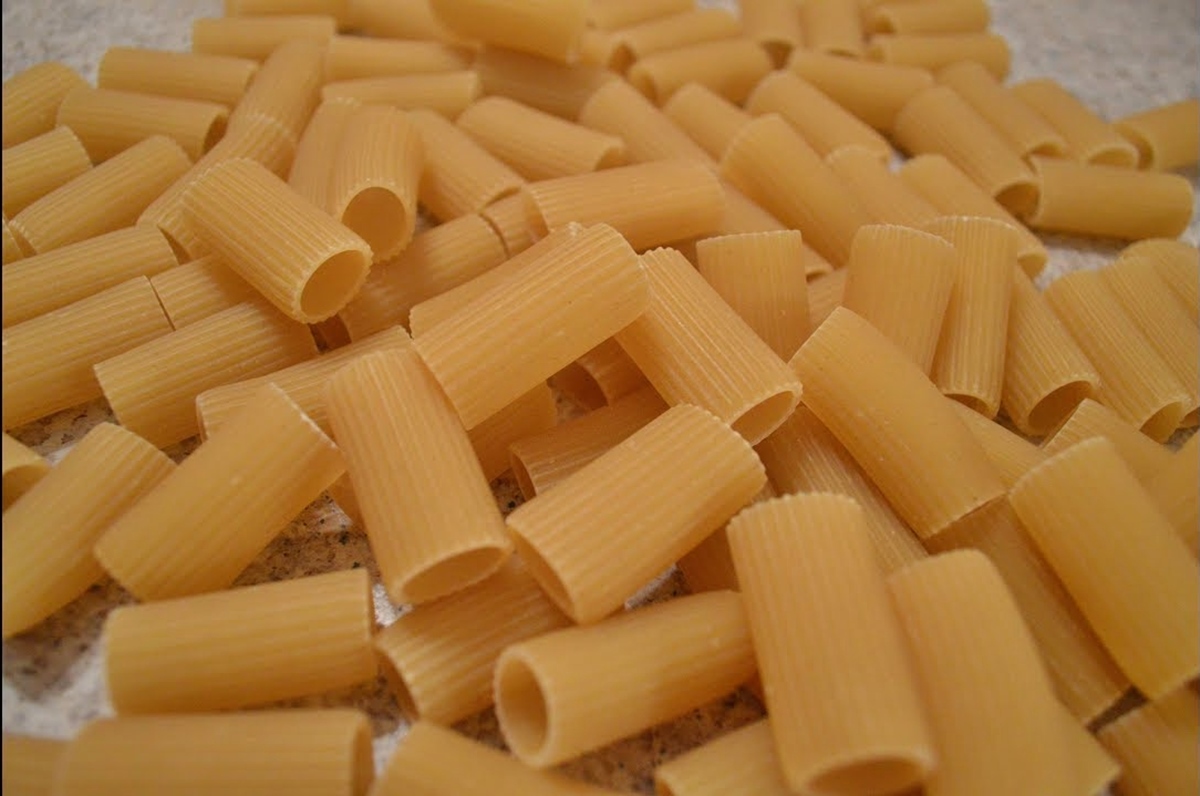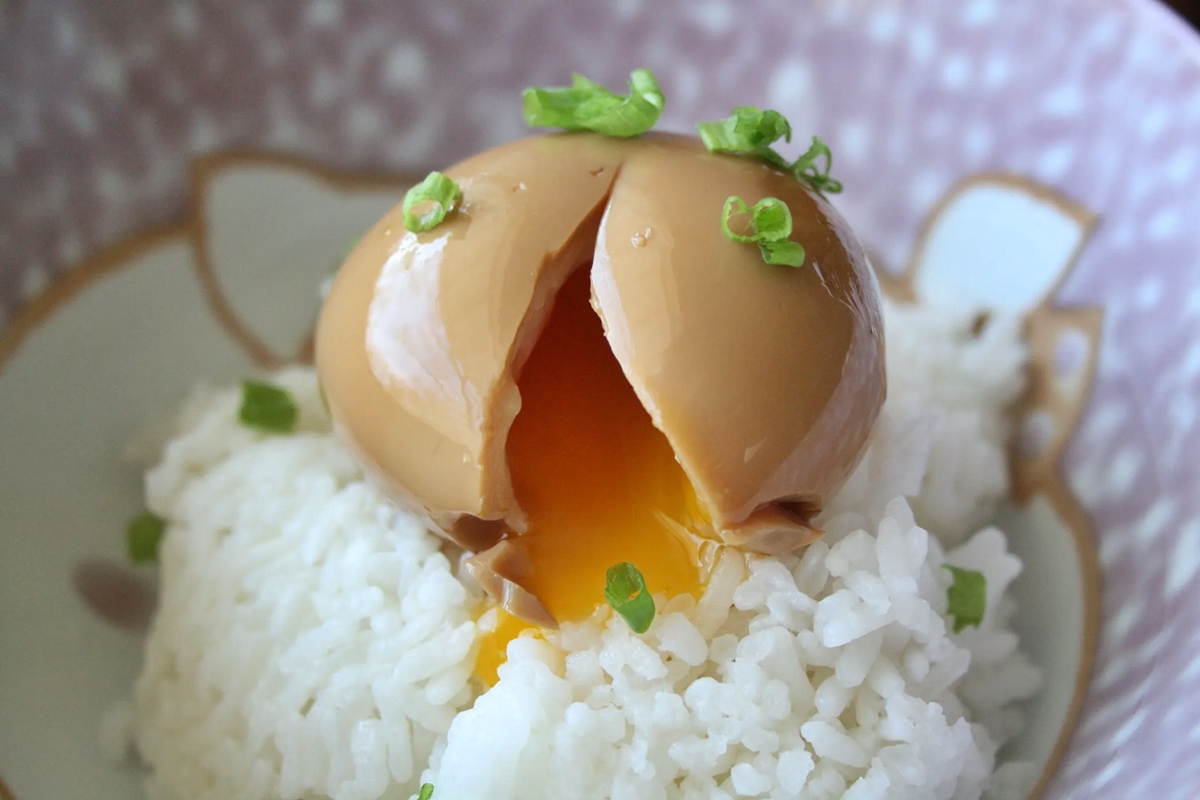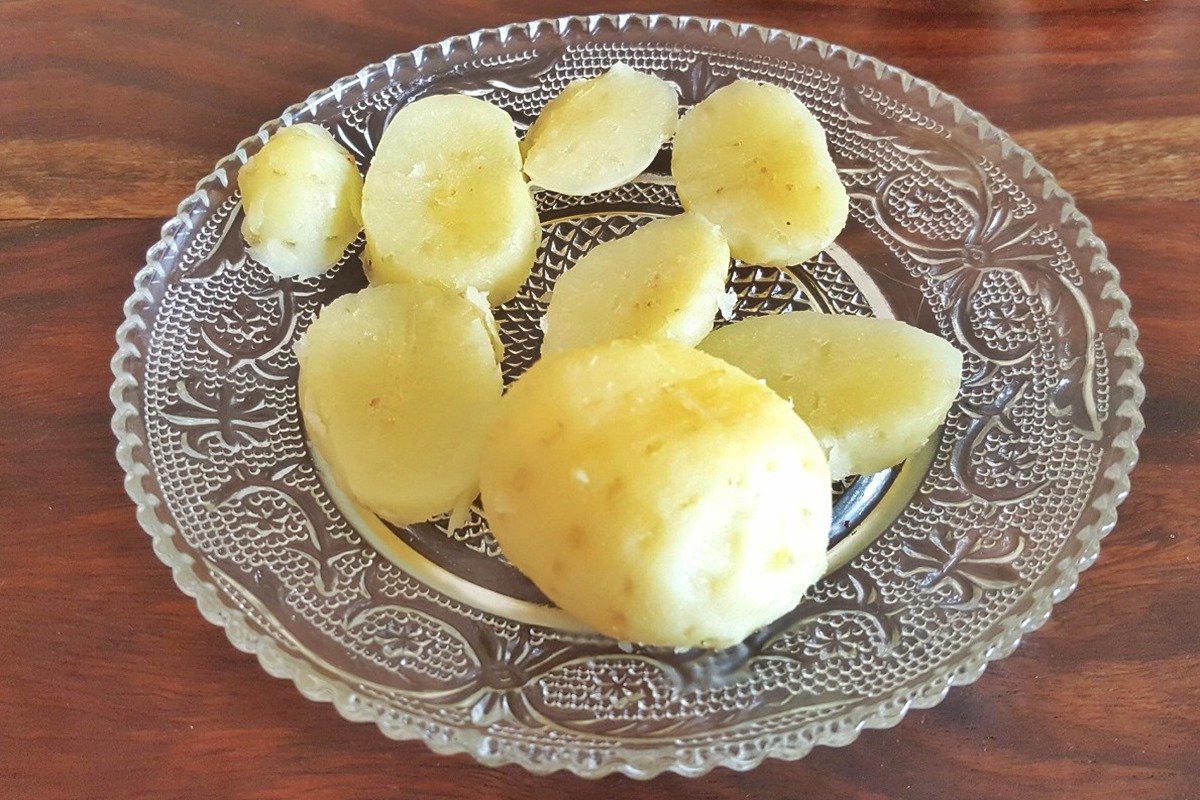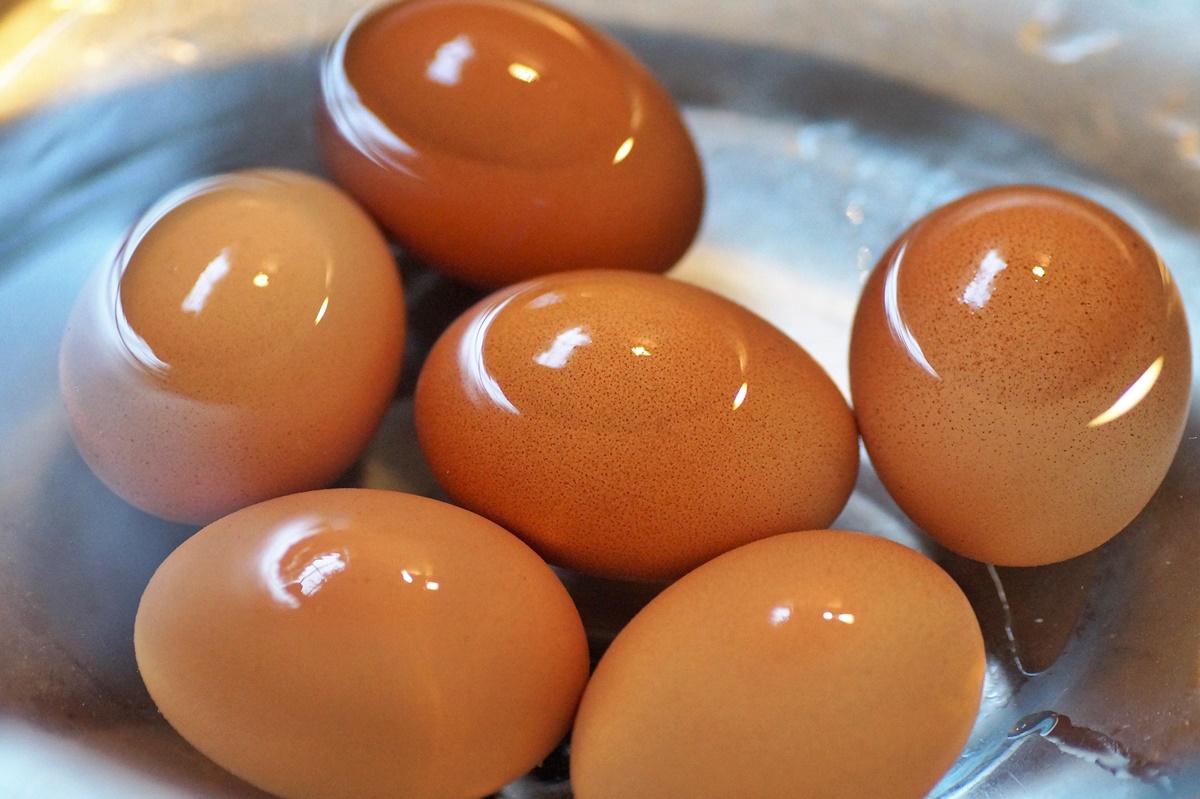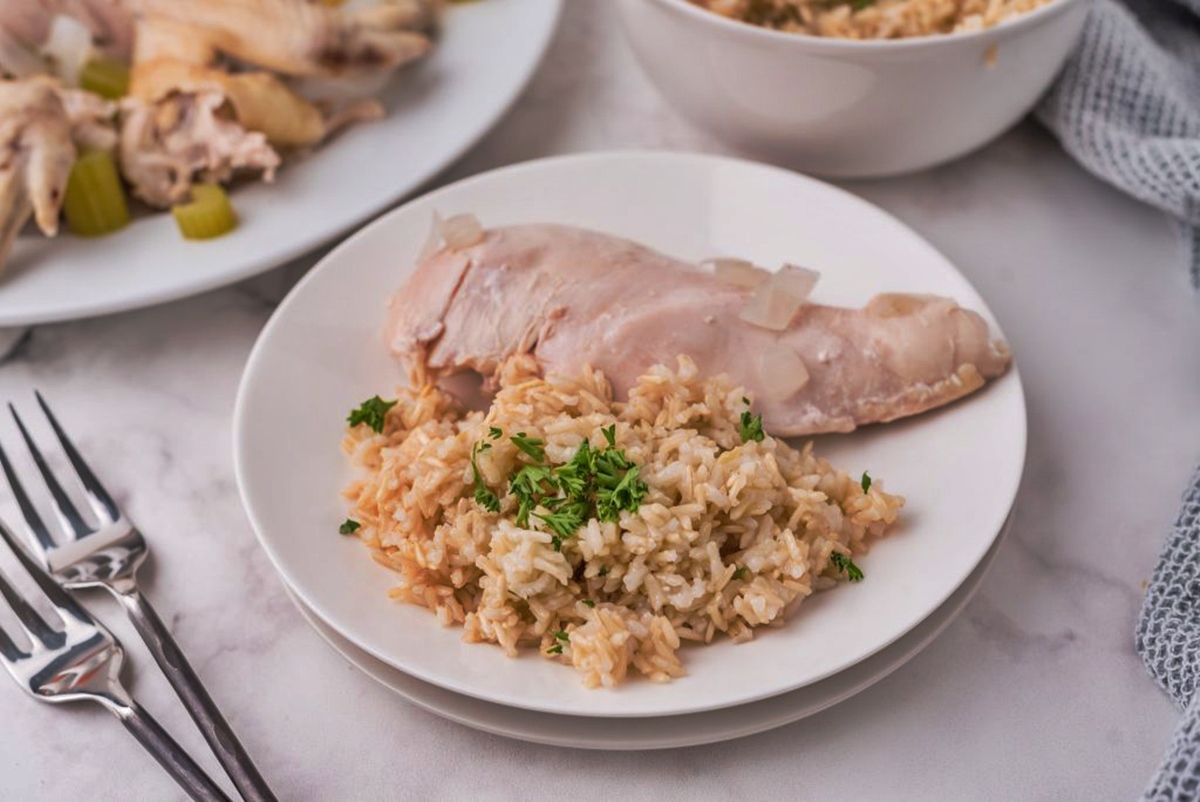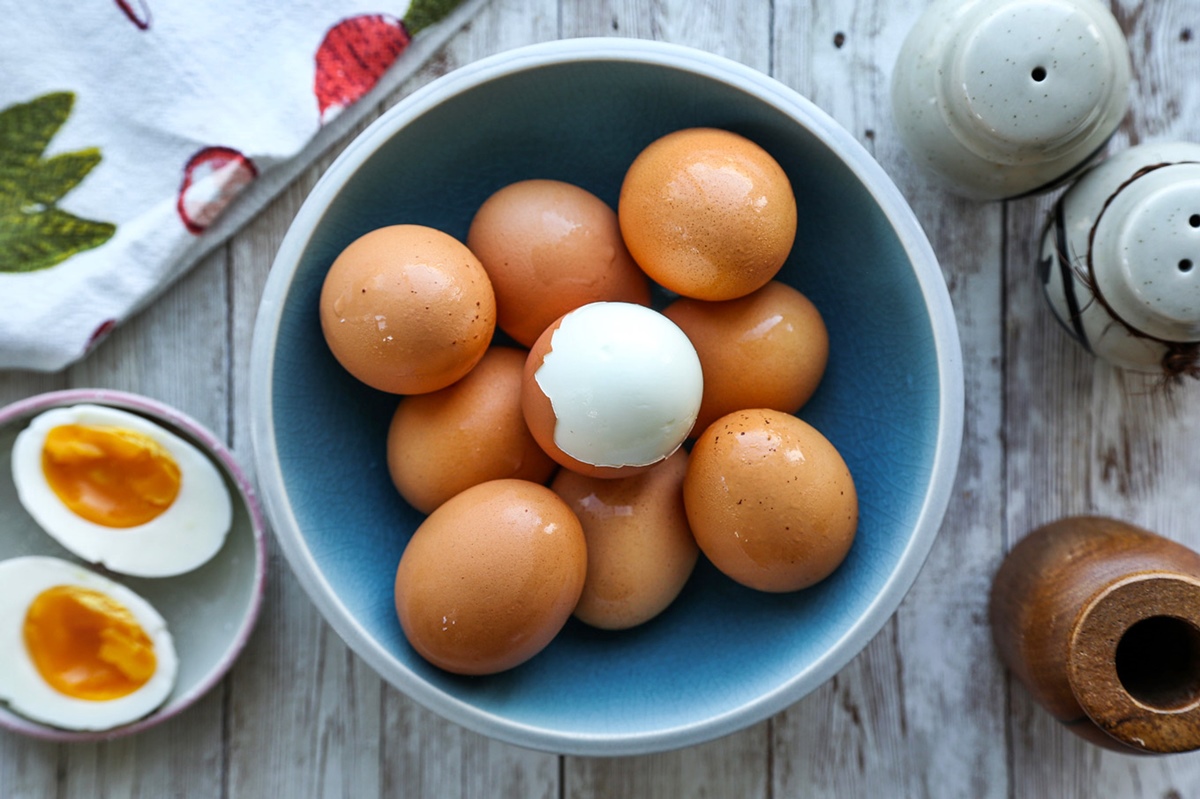How To Boil Beef Stew Meat: A Step-by-Step Guide
Beef stew meat is a versatile and flavorful ingredient that can be used to create delicious and hearty dishes. One of the easiest and most common ways to prepare beef stew meat is by boiling it. Boiling helps tenderize the meat, making it juicy and tender. In this article, we will guide you through the process of boiling beef stew meat to perfection.
Step 1: Choosing the Right Cut
When selecting beef stew meat, it is essential to choose the right cut. Look for cuts that are well-marbled, as this fat will melt during the boiling process, adding flavor and tenderness to the meat. Popular choices include chuck roast, round roast, and brisket.
Step 2: Prepare the Meat
Before boiling the beef stew meat, it’s necessary to prepare it properly. Start by trimming any excess fat from the meat. Although some fat is desirable for flavor, too much fat can make the stew greasy. Cut the meat into bite-sized pieces, about 1 to 2 inches in size, ensuring they are uniform for even cooking.
Step 3: Seasoning the Meat
Properly seasoning the beef stew meat will enhance its taste. You can use a simple combination of salt and pepper, or get creative with additional spices and herbs. Some popular choices include garlic powder, paprika, oregano, or thyme. Thoroughly coat the meat with the seasoning for optimal flavor.
Step 4: Boiling the Meat
Now it’s time to start the boiling process. Place the seasoned beef stew meat in a large pot and add enough water or beef broth to cover the meat completely. You can also add vegetables like onions, carrots, and celery for additional flavor. Bring the liquid to a boil over medium-high heat.
- Skim off any foam or impurities that rise to the surface.
- Reduce the heat to low and cover the pot. Simmer for about 1 to 2 hours, or until the meat is tender. The cooking time may vary depending on the cut of meat and desired tenderness.
- Check the meat regularly to ensure it is not overcooked. It should be fork-tender and easily break apart.
Step 5: Serving the Beef Stew Meat
Once the beef stew meat is cooked to perfection, it’s time to serve it! You can enjoy the tender, flavorful meat on its own or use it as a base for creating a comforting beef stew or hearty soups. Pair it with your favorite side dishes like mashed potatoes or roasted vegetables for a complete meal.
Remember, boiling beef stew meat is just one method of cooking it. You can also braise, grill, or slow cook the meat, depending on your preferences and the desired outcome. But if you’re looking for a quick and easy way to enjoy tender beef stew meat, boiling is a fantastic option.
So, next time you have some beef stew meat on hand, follow this step-by-step guide to boil it to perfection. You’ll be rewarded with juicy, tender meat that will take your dishes to the next level!
Explore More Delicious Recipes and Ways to Use Boiled Beef Stew Meat
After mastering the art of boiling beef stew meat, the culinary adventures are just beginning. From classic comfort dishes to exotic delights, the guide opens a gateway to a plethora of enriching recipes. Try the Classic Beef Stew Recipe for a comforting, familiar meal that showcases tender, succulent beef in a rich, hearty sauce. For a touch of elegance, the Beef Bourguignon Recipe is a must, with its robust flavors of wine and mushrooms. Those feeling adventurous might explore the Indonesian Beef Rendang Recipe, which offers a complex flavor profile with its aromatic herbs and coconut milk. Each recipe leverages the basic technique of boiling beef, ensuring delicious results that are sure to impress.
Was this page helpful?
Read Next: How To Boil Lemons
